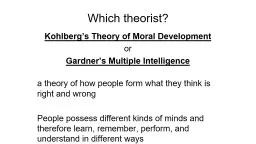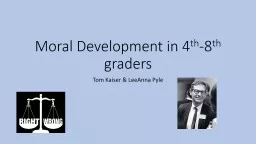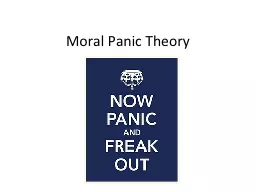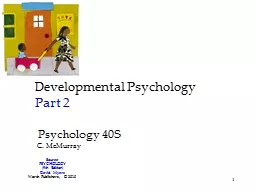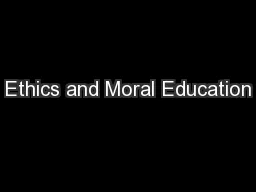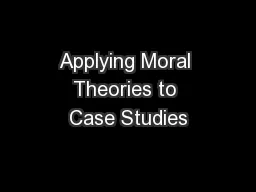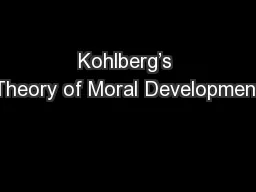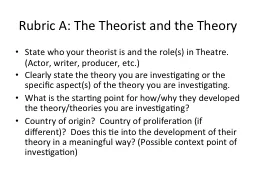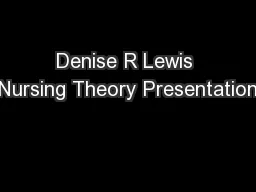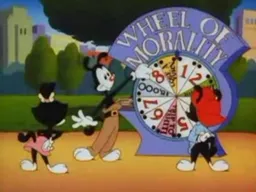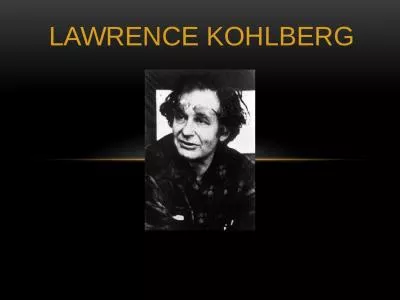PPT-Which theorist? Kohlberg’s Theory of Moral
Author : delilah | Published Date : 2022-06-14
Development or Gardners Multiple Intelligence a theory of how people form what they think is right and wrong People possess different kinds of minds and therefore
Presentation Embed Code
Download Presentation
Download Presentation The PPT/PDF document "Which theorist? Kohlberg’s Theory of ..." is the property of its rightful owner. Permission is granted to download and print the materials on this website for personal, non-commercial use only, and to display it on your personal computer provided you do not modify the materials and that you retain all copyright notices contained in the materials. By downloading content from our website, you accept the terms of this agreement.
Which theorist? Kohlberg’s Theory of Moral: Transcript
Download Rules Of Document
"Which theorist? Kohlberg’s Theory of Moral"The content belongs to its owner. You may download and print it for personal use, without modification, and keep all copyright notices. By downloading, you agree to these terms.
Related Documents

